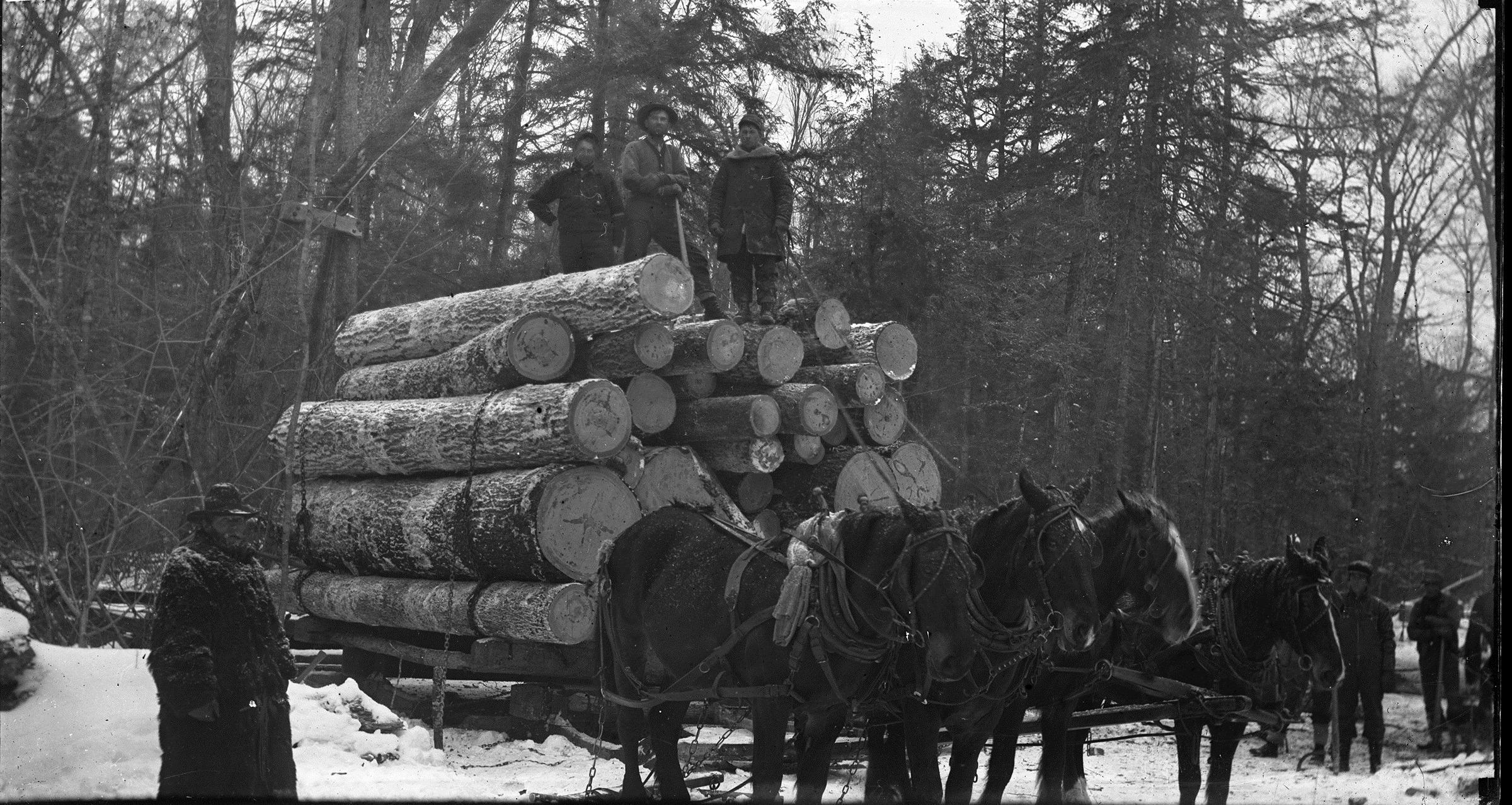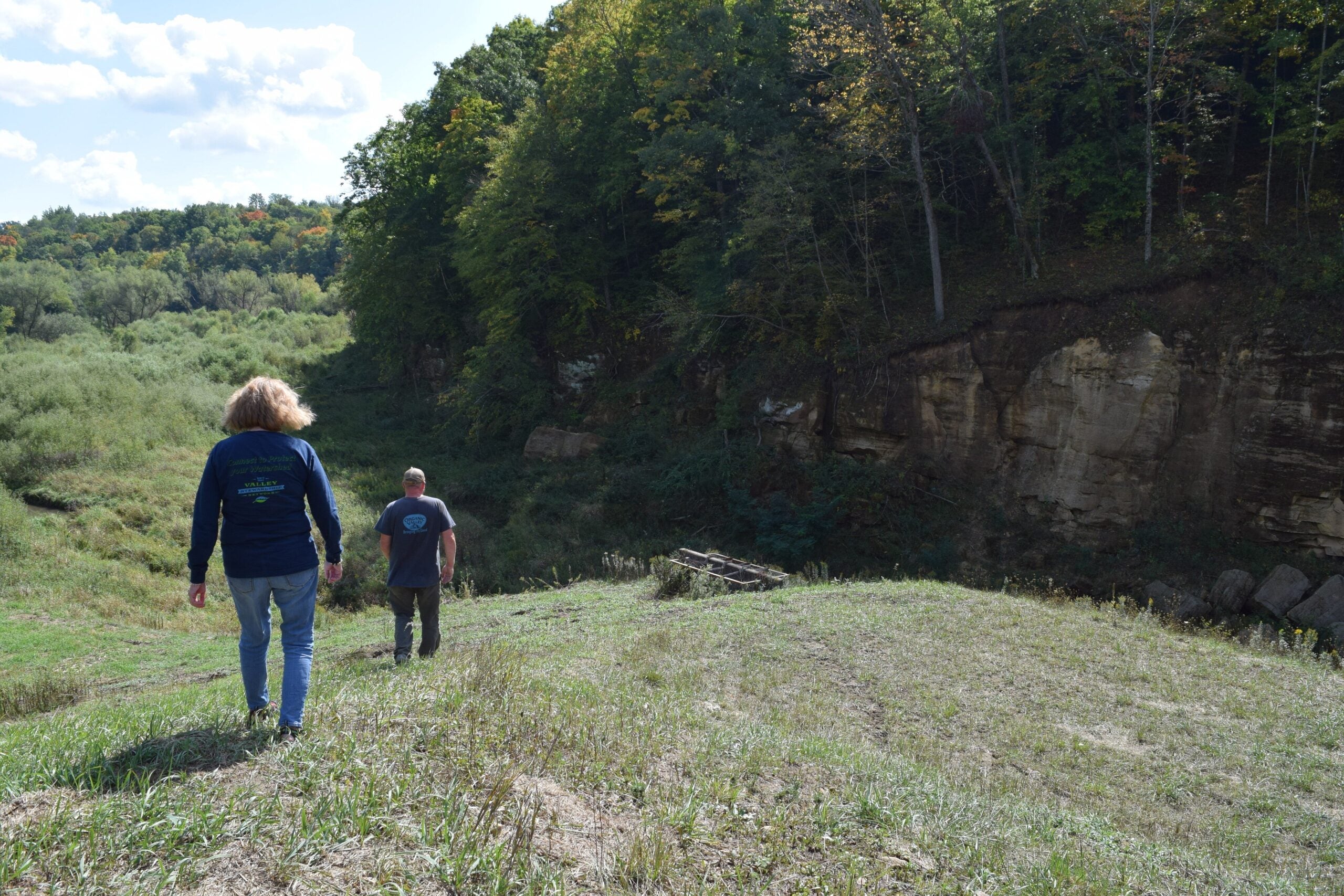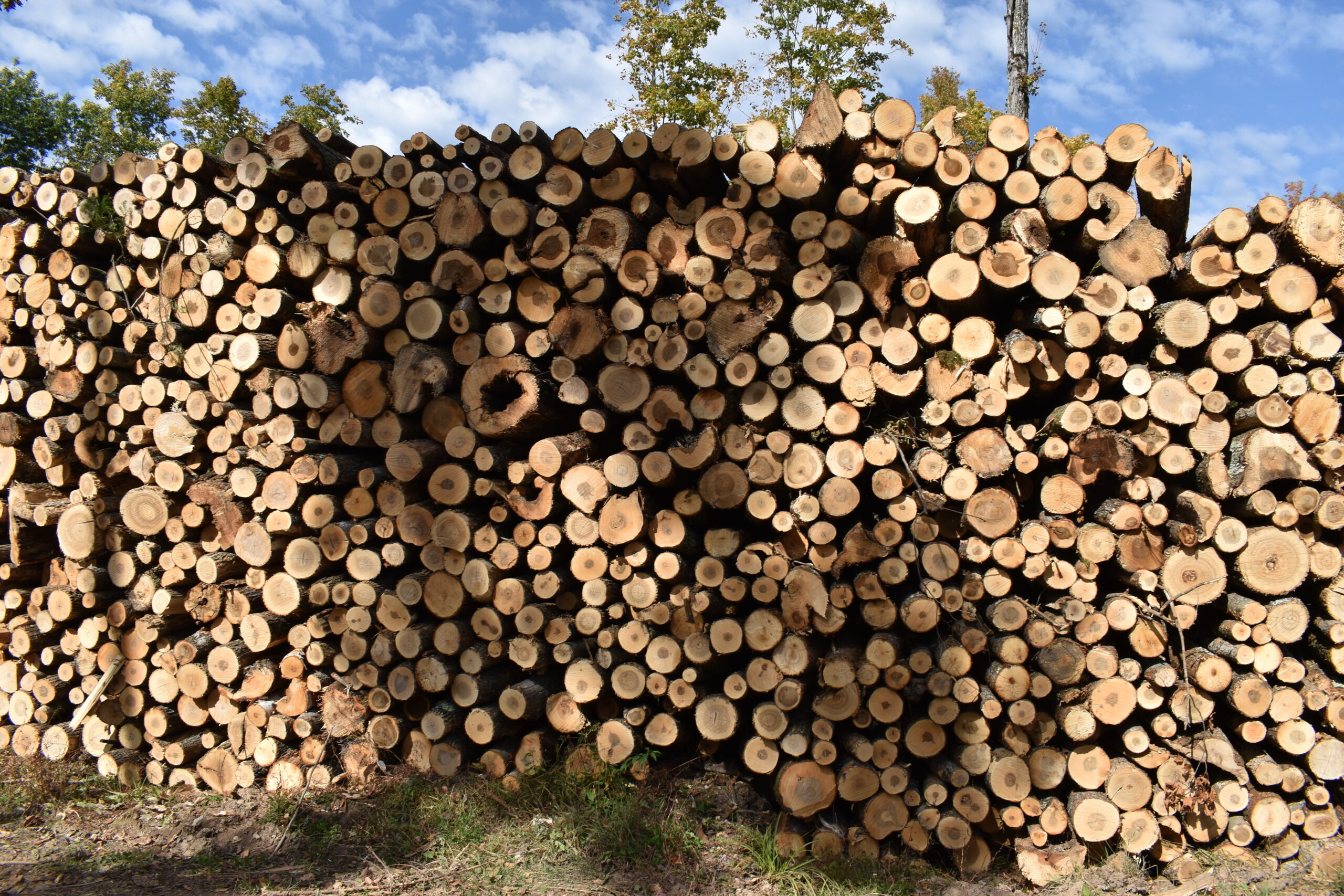A book by two Eau Claire authors is a reminder that before the state gained its farming reputation, the future of the state was literally shaped by the logging industry.
Logging In Wisconsin is part of the Images of America series which tells stories of the past primarily through old pictures.
The logging industry started around 1840 before Wisconsin incorporated as a state in 1848 according to co-author Diana Peterson, director of Eau Claire’s Paul Bunyan Logging Camp Museum.
At the time, more than 80 percent of the state was covered in trees.
“In the 1890s, they really thought that they could cut almost forever without damaging the land, and that there was an infinite supply of trees,” Peterson said. “And sadly by 1920, they had pretty much depleted the whole state. During those 60 or 70 years they really changed the geography of Wisconsin, building dams, changing the course of rivers, cutting down trees.
The white pine, known for growing tall and straight, and its ability to float was the tree that was most harvested. Wisconsin’s logging industry was complex and required thousands of jobs not only harvesting trees in the forest and sawmills to produce lumber but in support jobs.
What was left after the logging? Fields of stumps that needed to be cleared to make room for the state’s next big industry, one that gives Wisconsin its identity still today, farming.
The Great Depression allowed Wisconsin to transition from the failed logging industry to agriculture. Eastern European immigrants were recruited to much of the land that had been logged according to Logging In Wisconsin co-author Carrie Ronnander, director of the Chippewa Valley Museum in Eau Claire.
“They encouraged farming to take place in these northern lands where all these stumps existed, so these farmers would have to spend years and years doing back breaking work trying to get rid of the stumps so they could actually farm the land,” she said.
Without logging, most communities in Wisconsin may not be as developed as they are today.
Take the La Crosse area. Built on a sandy plain, it never had the great stands of trees harvested in northern Wisconsin. But Laura Godden, a librarian at the University of Wisconsin La Crosse’s Murphy Library said the area still had something to offer the logging industry.
“La Crosse became heavily involved in logging because its situated at the Mississippi and Black rivers,” Godden said. “It became a place that the loggers could float the logs down to and then have sawmills there where they could be sawed into lumber and sold.”
La Crosse’s population grew from 4,000 at the start of logging in the 1860s to 30,000 in the 1890s.
The decline of logging in La Crosse was very abrupt. The last sawmill closed in 1906. Manufacturing became the city’s main industry. But many of the city’s landmarks such as parks and historic homes are still named for those who made their fortune from lumber.
Episode Credits
- Hope Kirwan Host
- John Davis Producer
- Colin Malliet Interviewer
- Carrie Ronnander Guest
- Diana Peterson Guest
- Dennis McCann Guest
Wisconsin Public Radio, © Copyright 2024, Board of Regents of the University of Wisconsin System and Wisconsin Educational Communications Board.






